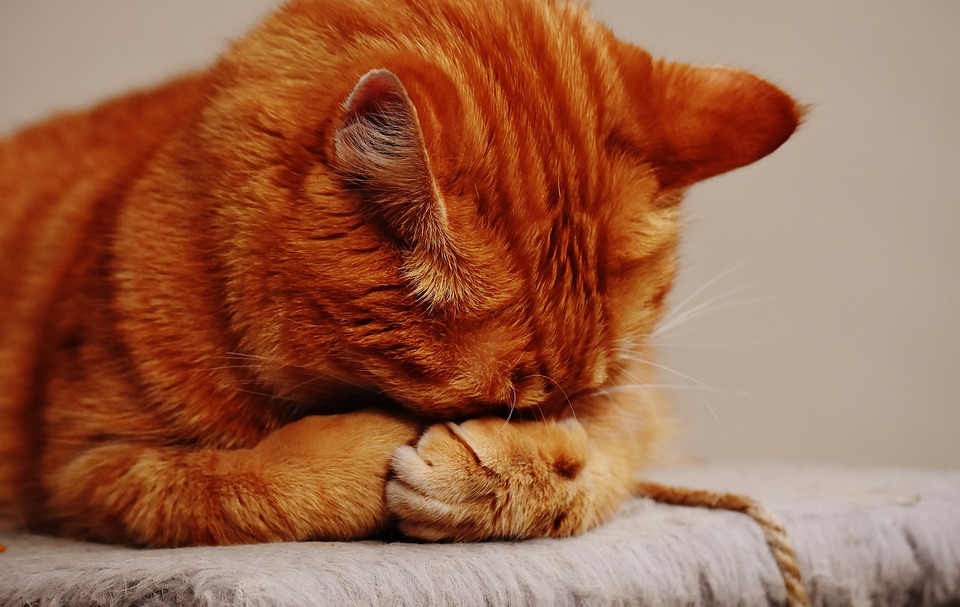Cats are known for their quirky behaviors, and one of the most fascinating and endearing ones is kneading. Kneading is when a cat rhythmically pushes their paws in and out against a soft surface, often accompanied by purring and contentment. While kneading is a natural behavior rooted in a cat’s instincts, excessive kneading can sometimes become problematic. In this article, we will delve into the causes behind excessive kneading in cats and provide some solutions to help manage this behavior.
Kneading is a behavior that stems from a cat’s early development. As kittens, they knead their mother’s belly to stimulate milk flow while nursing. The action of pushing and pulling with their paws helps to release milk and provides comfort. This instinctual behavior often carries into adulthood, serving as a way for cats to express contentment, relaxation, or even as a form of self-soothing.
While kneading itself is not a cause for concern, excessive kneading can become problematic. Here are some signs that your cat’s kneading may be excessive:
1. Aggressive Kneading: If your cat’s kneading is accompanied by biting or aggressive behavior, it could indicate underlying stress or frustration.
2. Damaging Furniture: Cats with excessive kneading tendencies may inadvertently cause damage to furniture or other soft surfaces, leading to frustration for their owners.
3. Overly Rough Kneading: If your cat’s kneading becomes too forceful or painful, it can be uncomfortable for you or any other pets in your household.
There are several possible causes of excessive kneading in cats. One common reason is seeking attention. Cats may resort to excessive kneading as a way to seek attention from their owners. If they have learned that kneading leads to petting or interaction, they may repeat the behavior to obtain desired attention.
Anxiety or stress can also be a cause of excessive kneading. Cats are sensitive creatures, and changes in their environment, such as moving to a new home, the introduction of a new pet, or a disruption in their daily routine, can trigger this behavior. Excessive kneading can be a manifestation of their anxiety or stress.
In some cases, excessive kneading can be a sign of an underlying medical condition. Conditions such as arthritis or urinary tract infections can cause discomfort, prompting cats to seek relief through kneading. If you suspect a medical issue, it is important to consult with a veterinarian to rule out any potential underlying conditions.
To manage excessive kneading in cats, there are several solutions you can try. Providing alternative surfaces is one option. To protect your furniture or other valuable items, provide your cat with appropriate surfaces to knead on, such as scratching posts or soft blankets. Encourage them to use these surfaces by rewarding them with treats or praise when they choose them over furniture.
Environmental enrichment is another solution. Reduce stress and anxiety by enriching your cat’s environment. Provide plenty of hiding spots, interactive toys, and vertical spaces, such as cat trees, to give them a sense of security and mental stimulation. This can help divert their attention from excessive kneading.
If excessive kneading becomes a persistent issue, it may be beneficial to consult with a professional animal behaviorist. They can help identify the underlying causes and develop a tailored behavior modification plan for your cat. This can be especially helpful if the excessive kneading is causing damage or distress in your household.
In conclusion, understanding excessive kneading in cats is crucial for ensuring the well-being of our feline companions. By identifying the causes behind this behavior and implementing appropriate solutions, we can manage excessive kneading effectively, leading to happier and more content cats. Remember, patience and understanding are key when addressing any behavioral issues, and seeking professional guidance can always be beneficial.








